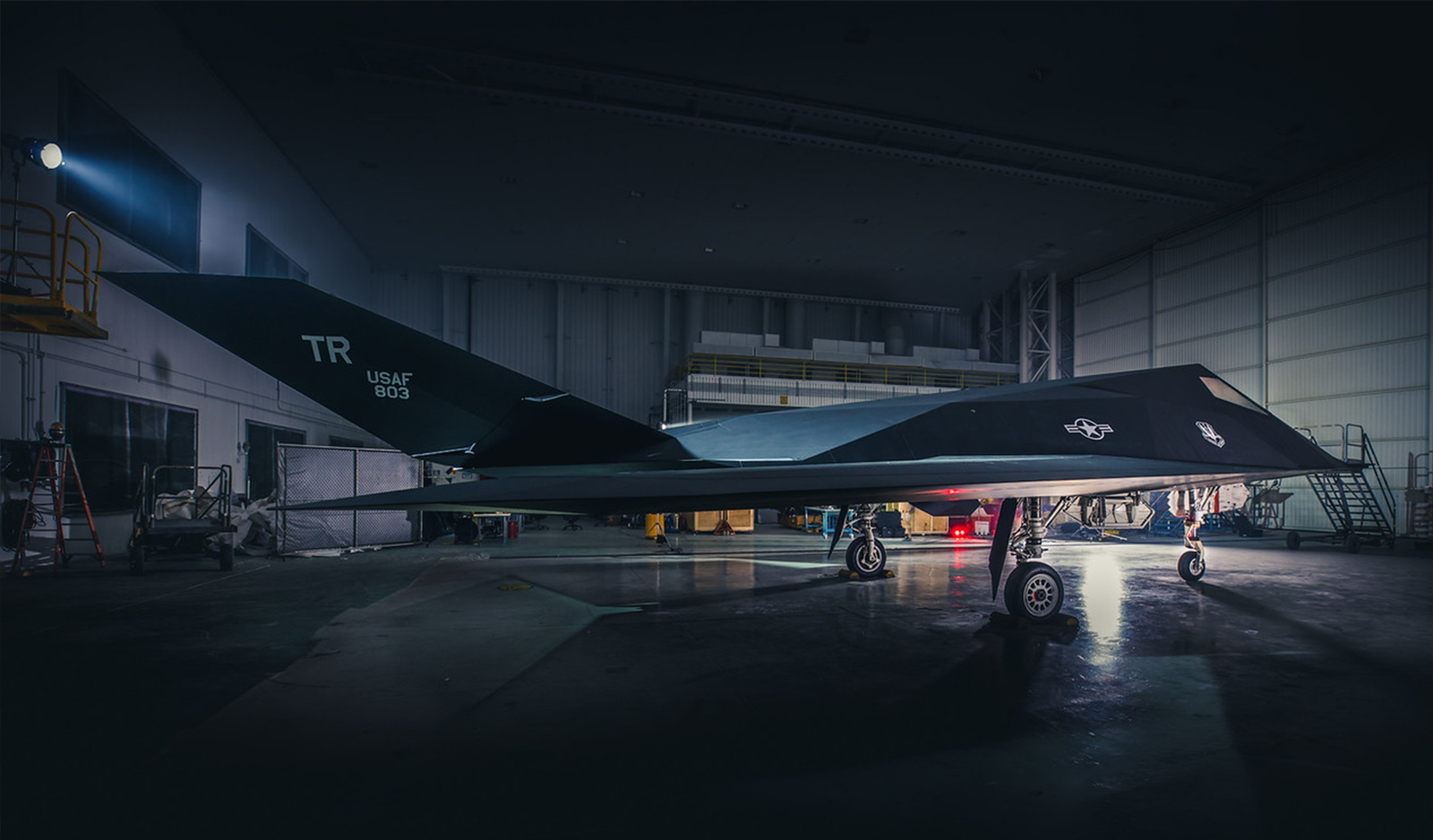
The F-117 Nighthawk is still one of the most intriguing aircraft ever constructed. Though the U.S. Air Force officially retired it in 2008, this “Stealth Fighter” continues to appear in the air, operating secretly on missions that will make it relevant through the 2030s. With its sharp shape and dark past, it has become a symbol of cutting-edge technology—but its lingering existence is not nostalgia. It’s about what the jet can still do.

The history of the Nighthawk dates back to the post-Vietnam years, when the U.S. was looking for means to sneak through increasingly sophisticated air defenses. Lockheed’s legendary Skunk Works crew, operating under the cloak of secrecy, assembled the jet out of tested components. It shared engines with the T-38 Talon trainer and the F-16’s fly-by-wire technology, but encased them in something new: a revolutionary shape optimized for stealth.

Its angular, faceted shape deflected radar waves, and coatings of special substances absorbed whatever was left. On radar, the plane was reputed to be no larger than a marble. The initial prototype took to the skies in 1977, and by 1983, the aircraft was in service. It was years before the public caught sight of it, and that only served to fuel speculation.

When the Nighthawk finally saw combat, it delivered. From Panama to the Gulf War, it demonstrated it could attack heavily defended targets with precision and with no losses. In Desert Storm, the jet flew only a fraction of missions but knocked out a large portion of vital targets—all without losing a single aircraft. The message was unmistakable: stealth and precision had the potential to revolutionize warfare.

Nevertheless, the F-117 did have its limitations. It was never fast, nimble, or adaptable, and with the introduction of newer stealth fighter jets like the F-22 and F-35 into the Air Force fleet, its deficiencies were all the more apparent. But instead of retiring the aircraft altogether, the Air Force adapted it for new purposes.

Nowadays, the Nighthawk frequently serves as an aggressor aircraft, simulating stealthy adversaries in training exercises. Its radar and infrared signature make it an ideal aircraft for testing detection systems and assisting pilots in practice against low-observable threats. The jet is also an excellent testbed for new stealth materials, avionics, and mission systems. It can be converted to experimental missions through relatively simple modifications—termed T-2 changes—providing engineers and tacticians a cost-effective and flexible platform.

There’s also a practical reason to have them stick around. Deploying old Nighthawks to tough missions saves newer, more costly fighters such as the F-22 and F-35 from undue stress. It also helps maintain experience in flying and maintaining early stealth technology—something that still comes in handy as new, improved aircraft are designed.

The majority of what remains of the fleet is at the Tonopah Test Range in Nevada, an area long associated with covert programs. Some of the airframes were scrapped or put into museums, but some others have been kept in flying status under maintenance contracts that continue to this day. The Air Force plans to retain some number of them operational at least until 2034, although they won’t be coming back into frontline duty.

One of the newer moves towards making them more useful has been to couple them with the KC-46 Pegasus tanker refueler. This enables the F-117 to stay in the air longer and perform longer, more sophisticated missions while testing and training, and allows the aircraft to remain viable in contemporary operations.

Sustaining the Nighthawk aloft isn’t about clinging to the past—about preserving the status quo. As next-generation air superiority programs advance, demand for reliable stealth targets and test platforms will continue to increase. The F-117, with its distinctive outline and history of consistent performance, is a still-viable resource for both training and research.

But its legacy was assured long before this second life was launched. The F-117 was the globe’s first combat-ready stealth plane, a pioneer that set new standards in air war. Now it is flown not as an operational war winner, but as a bridge between yesterday’s advances and tomorrow’s advances—a reminder that yesterday’s revolutionary aircraft can continue to mold tomorrow’s triumphs.
